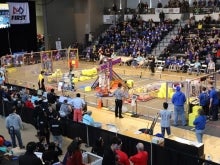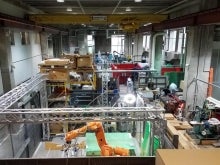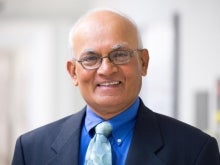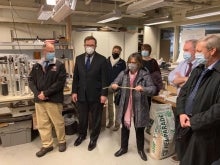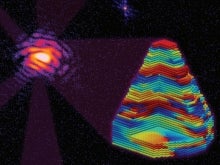Prof. Tomozawa wins the 2022 N.F. Mott Award
Rensselaer Research Teams Receive Funding To Further Understanding of Robotics
Two new research projects from the School of Engineering at Rensselaer Polytechnic Institute have been selected by the Advanced Robotics for Manufacturing (ARM) Institute to receive funding to develop tools that will address critical aspects of robotic manufacturing technologies.
The projects were chosen as they focus on modernization priorities set by the U.S. Department of Defense while strengthening U.S. manufacturing and empowering workers.
Manoj R. Shah, Former Professor of Practice at Rensselaer Polytechnic Institute, Elected to the National Academy of Engineering
Manoj R. Shah, former Professor of Practice at Rensselaer Polytechnic Institute, has been elected to the National Academy of Engineering (NAE) for his “technical advancements in design, analysis, and applications of electric machines.” As a Professor of Practice in Electrical, Computer, and Systems Engineering (ECSE) at Rensselaer, Dr. Shah taught courses in electric power engineering bringing theory and practice together. Dr. Shah continues his engagement with the ECSE department at Rensselaer as a Senior Research Scientist.

